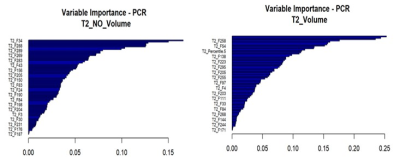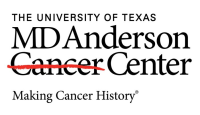Nabil Elshafeey1, Gaiane M. Rauch2, Aikaterini Kotrotsou3, Beatriz E. Adrada1, Rosalind P. Candelaria1, Abeer H. Abdelhafez1, Huiqin Chen4, Jia Sun4, Medine Boge1, Rania M. M Mohamed1, Benjamin C. Musall5, Jong Bum Son5, Shu Zhang6, Jason B. White7, Brandy Willis5, Elizabeth Ravenberg7, Wei Peng4, Stacy L. Moulder7, Wei Yang1, Mark D. Pagel6, Jingfei Ma5, and Ken-Pin Hwang5
1Breast Imaging, The University of Texas MD Anderson Cancer Center, Houston, TX, United States, 2Breast and Abdominal imaging, The University of Texas MD Anderson Cancer Center, Houston, TX, United States, 3The University of Texas MD Anderson Cancer Center, Houston, TX, United States, 4Biostatistics, The University of Texas MD Anderson Cancer Center, Houston, TX, United States, 5Imaging Physics, The University of Texas MD Anderson Cancer Center, Houston, TX, United States, 6Cancer Systems Imaging, The University of Texas MD Anderson Cancer Center, Houston, TX, United States, 7Breast Medical Oncology, The University of Texas MD Anderson Cancer Center, Houston, TX, United States
1Breast Imaging, The University of Texas MD Anderson Cancer Center, Houston, TX, United States, 2Breast and Abdominal imaging, The University of Texas MD Anderson Cancer Center, Houston, TX, United States, 3The University of Texas MD Anderson Cancer Center, Houston, TX, United States, 4Biostatistics, The University of Texas MD Anderson Cancer Center, Houston, TX, United States, 5Imaging Physics, The University of Texas MD Anderson Cancer Center, Houston, TX, United States, 6Cancer Systems Imaging, The University of Texas MD Anderson Cancer Center, Houston, TX, United States, 7Breast Medical Oncology, The University of Texas MD Anderson Cancer Center, Houston, TX, United States
Our results showed that the radiomic signature derived from MAGIC maps (T1, PD and T2) can help differentiate responders from non-responders at baseline evaluation.


